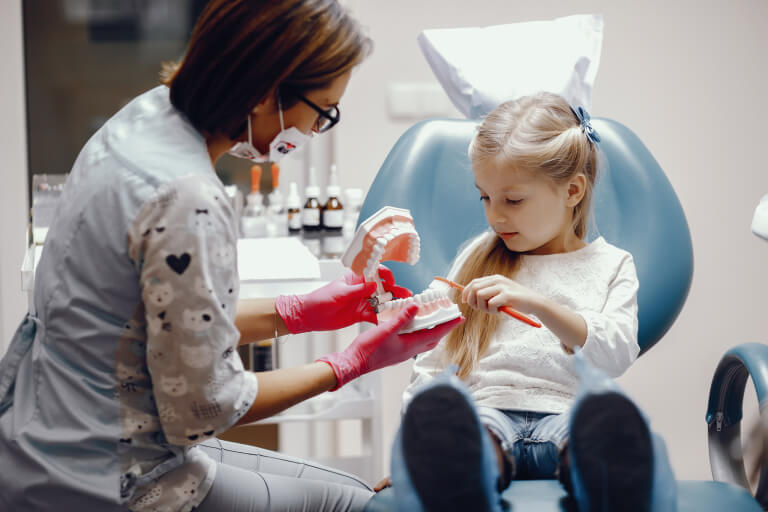Children are naturally curious and love exploring their surroundings, which unfortunately makes them more vulnerable to infections. Their immune systems are still developing, making it easier to spread bacteria and viruses. As a parent, it’s important to understand the most common pediatric infections, how they spread, and how to prevent them. 1. Common Cold The common cold is the most common pediatric infection. It is caused by different viruses, with rhinoviruses being the most common. Symptoms are: Runny or stuffy nose Sneezing Coughing Sore throat Mild fever How It Spreads: by direct contact with infected people, airborne droplets, or touching contaminated surfaces. Prevention: Encourage regular handwashing, avoid close contact with sick individuals, and teach children to cover their mouths when coughing or sneezing. 2. Influenza (Flu) Influenza is another viral infection that affects children frequently, especially during flu season. Symptoms often include: High fever Body aches Chills Fatigue Cough Sore throat How It Spreads: Through respiratory droplets from coughing, sneezing, or talking. Prevention: Annual flu vaccines are highly recommended, along with proper hygiene practices. 3. Ear Infections (Otitis Media) Ear infections are common among young children due to the smaller size of their Eustachian tubes. Symptoms include: Ear pain Trouble sleeping Fever Fluid drainage from the ear How It Spreads: Often develops as a complication of colds or respiratory infections. Prevention: Reduce exposure to colds, avoid secondhand smoke, and keep up with scheduled vaccinations. Also Read: How Do You Treat Glue Ear in Children? 4. Strep Throat Strep throat is a bacterial infection caused by Streptococcus Pyogenes. Symptoms include: Severe sore throat Difficulty swallowing Fever Swollen lymph nodes White patches on the tonsils How It Spreads: Through close contact with an infected person, especially via saliva or nasal secretions. Prevention: Good hand hygiene and avoiding sharing utensils can help reduce the risk. 5. Gastroenteritis (Stomach Flu) Viral gastroenteritis, commonly called the stomach flu, affects many children each year. Symptoms include: Nausea and vomiting Diarrhea Stomach cramps Fever How It Spreads: Through contaminated food, water, or surfaces. Prevention: Frequent handwashing, ensuring food safety, and keeping sick children away from shared environments. 6. Hand, Foot, and Mouth Disease (HFMD) This viral infection is common in young children and is caused by coxsackievirus. Symptoms include: Painful sores in the mouth Skin rash on the hands, feet, and buttocks Fever Loss of appetite How It Spreads: Through direct contact with saliva, mucus, or feces of an infected person. Prevention: Hand hygiene and disinfecting toys and surfaces can help prevent outbreaks. 7. Chickenpox (Varicella) Although less common due to widespread vaccination, chickenpox still occurs. Symptoms include: Itchy, blister-like rash Fever Fatigue How It Spreads: Through direct contact with the rash or airborne droplets. Prevention: The varicella vaccine is highly effective in preventing chickenpox. 8. Respiratory Syncytial Virus (RSV) RSV is a common virus that affects the lungs and respiratory tract, especially in infants. Symptoms include: Coughing Wheezing Difficulty breathing Fever How It Spreads: Through respiratory droplets and contaminated surfaces. Prevention: Frequent handwashing and avoiding sick individuals can help protect against RSV. Final Thoughts Pediatric infections are a normal part of childhood, but understanding them can help parents take proactive steps to reduce their spread. Simple measures like vaccinations, hand hygiene, and maintaining a clean environment can make all the difference. If you’re looking for an expert pediatrician in Dubai, Dr. Olfa provides specialized treatments for various childhood illnesses, ensuring your child gets the best medical attention. Make an appointment today!
04 248 1000
drolfa.k@gmail.com
Sat - Thu: 9:00am - 7:00pm













